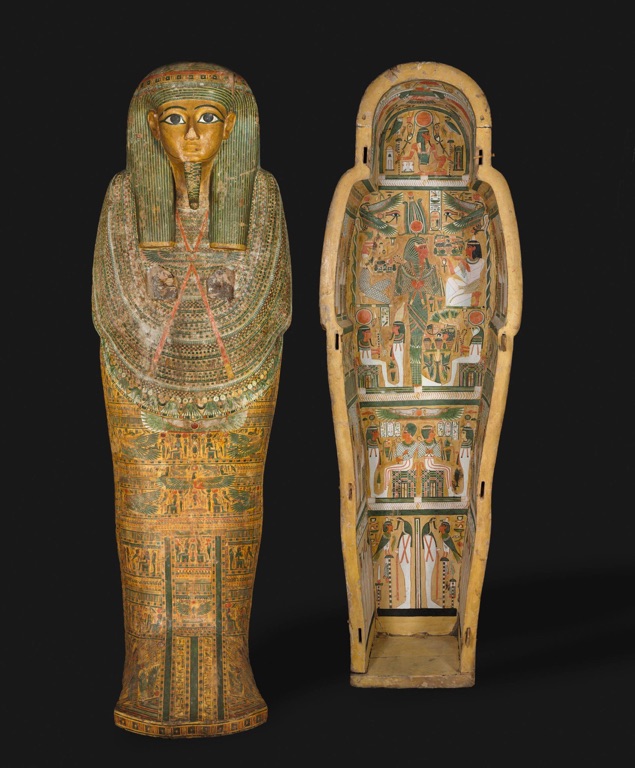Deep within the confines of the British Museum lies an artifact of profound historical significance – the Coffin of Bakenmut. This exquisite piece of ancient Egyptian funerary art hails from the 21st Dynasty, around 1000 BC, and was discovered in the city of Thebes, modern-day Luxor. The coffin, with its intricate detailing and inscriptions, offers a fascinating glimpse into the beliefs, rituals, and craftsmanship of the ancient Egyptians.
Ancient Artifacts
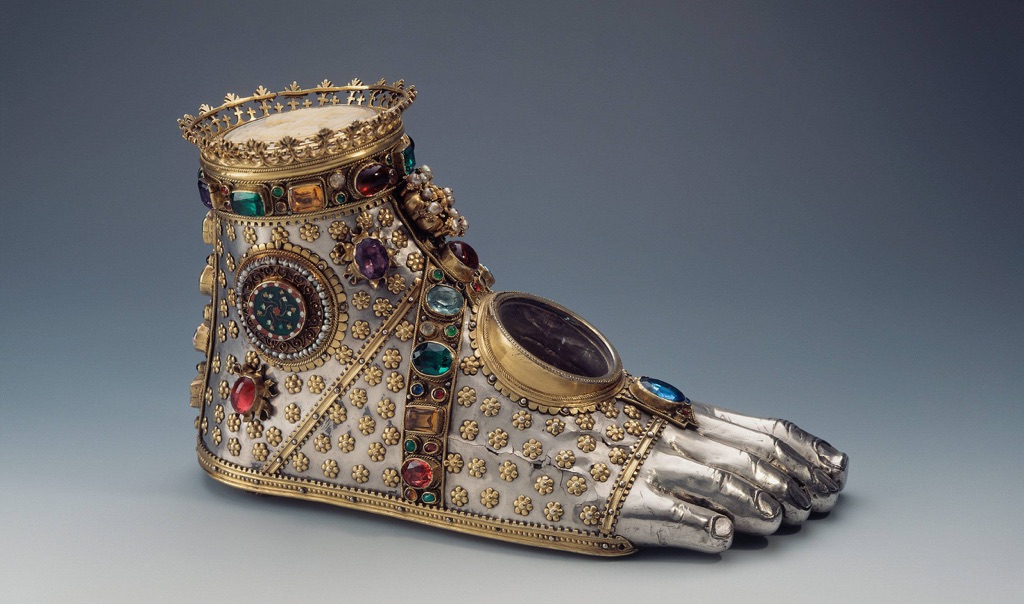
Moving to the East, ancient China artifacts like bronze vessels and oracle bones shed light on the rituals and governance of early Chinese dynasties. These artifacts highlight China’s long history of craftsmanship and written language. Similarly, ancient Egyptian artifacts are world-renowned, particularly for their funerary art, such as the treasures from King Tutankhamun’s tomb. These pieces reflect the Egyptians’ beliefs about death and the afterlife. Artifacts are not just old objects to be displayed in museums; they are keys to unlocking the secrets of human development across the ages. They preserve the ideas and values of people who lived thousands of years before us. Through careful study, they teach us about our collective history and heritage.
Among the most famous ancient artifacts in the world is the Rosetta Stone. Discovered in 1799, this granodiorite stele was the key to understanding Egyptian hieroglyphs—a script made of small pictures that was used originally in ancient Egypt for religious texts. The Rosetta Stone is inscribed with a decree issued at Memphis in 196 BC on behalf of King Ptolemy V. The decree appears in three scripts: the upper text is Ancient Egyptian hieroglyphs, the middle portion Demotic script, and the lower Ancient Greek. Because it presents essentially the same text in all three scripts, it provided the crucial link for scholars to decipher Egyptian hieroglyphs, thereby opening a window into ancient Egyptian history.
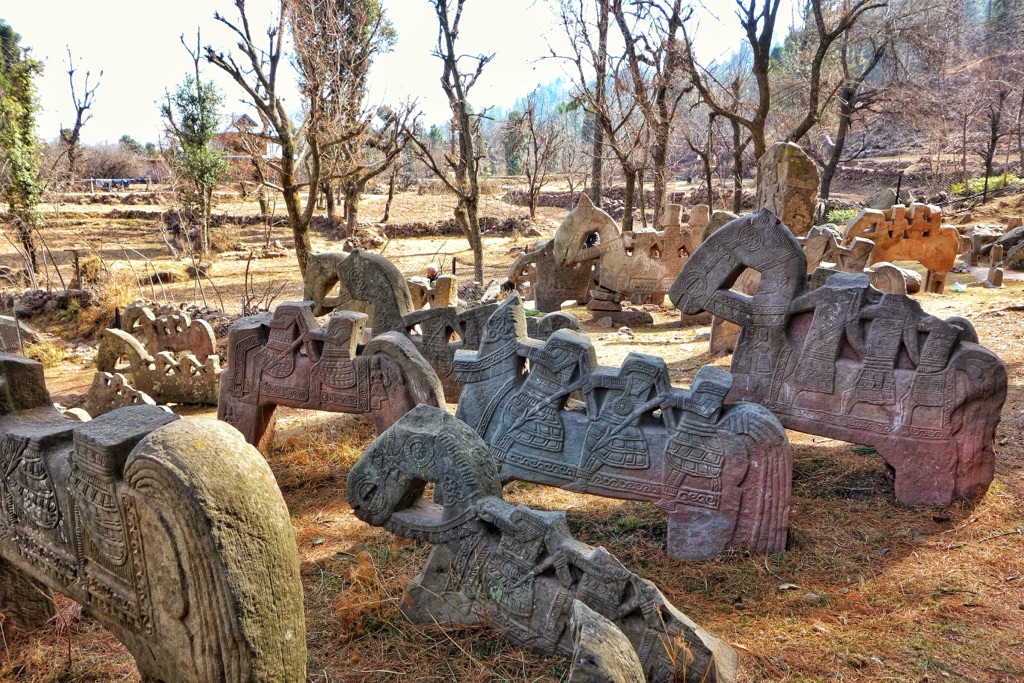
The title of the oldest artifact on earth goes to the stone tools found in Lomekwi 3, Kenya, which date back to 3.3 million years ago. These tools predate the earliest known humans and suggest that tool-making was a part of our pre-human ancestors’ way of life. These ancient tools mark a significant milestone in human evolutionary history, indicating the beginnings of technology and innovation. They are not just simple objects; they represent the dawn of human ingenuity and the very first steps towards the complex societies we have today.
An ancient artifact can be defined as any item made or used by humans in ancient times that has cultural, historical, or archaeological significance. These artifacts can range from monumental structures like the pyramids of Egypt to small, everyday objects like Roman coins. They can include items as diverse as weapons, clothing, and artwork. Each artifact, no matter its size or apparent significance, offers a glimpse into the lives of those who came before us, providing evidence of past behaviors, beliefs, and social structures.
Famous ancient artifacts not only include monumental finds like the Rosetta Stone or the treasures of Tutankhamun’s tomb but also the Terracotta Army of China, the Dead Sea Scrolls, and the Venus of Willendorf. The Terracotta Army, buried with the first Emperor of China, Qin Shi Huang, consists of thousands of life-sized figures meant to protect the emperor in the afterlife. The Dead Sea Scrolls, discovered in a series of caves near the Dead Sea, are ancient Jewish texts that offer invaluable insight into the history of Judaism and the early text of the Bible. The Venus of Willendorf, a small Paleolithic figurine discovered in Austria, dates back to about 28,000 BCE and is thought to represent fertility. Each of these artifacts, in its own way, has reshaped our understanding of human history, offering evidence of the complexity, diversity, and ingenuity of ancient civilizations.
List of Discovered Ancient Artifacts
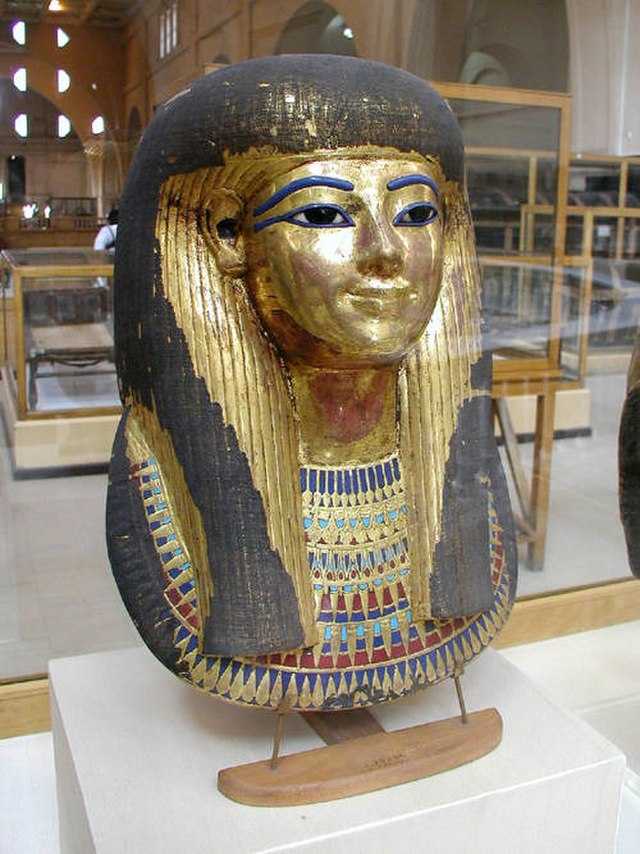
The Mummy Mask of Tjuyu
Deep within the heart of Egypt, in the Valley of the Kings, lies an artifact of immense historical significance – the Mummy mask of Tjuyu. This exquisite piece of ancient Egyptian artistry was discovered in the tomb of Tjuyu and Yuya, the great-grandparents of the famous Pharaoh Tutankhamun. The mask, a stunning representation of ancient Egyptian burial customs, is a testament to the high status of Tjuyu in her lifetime.
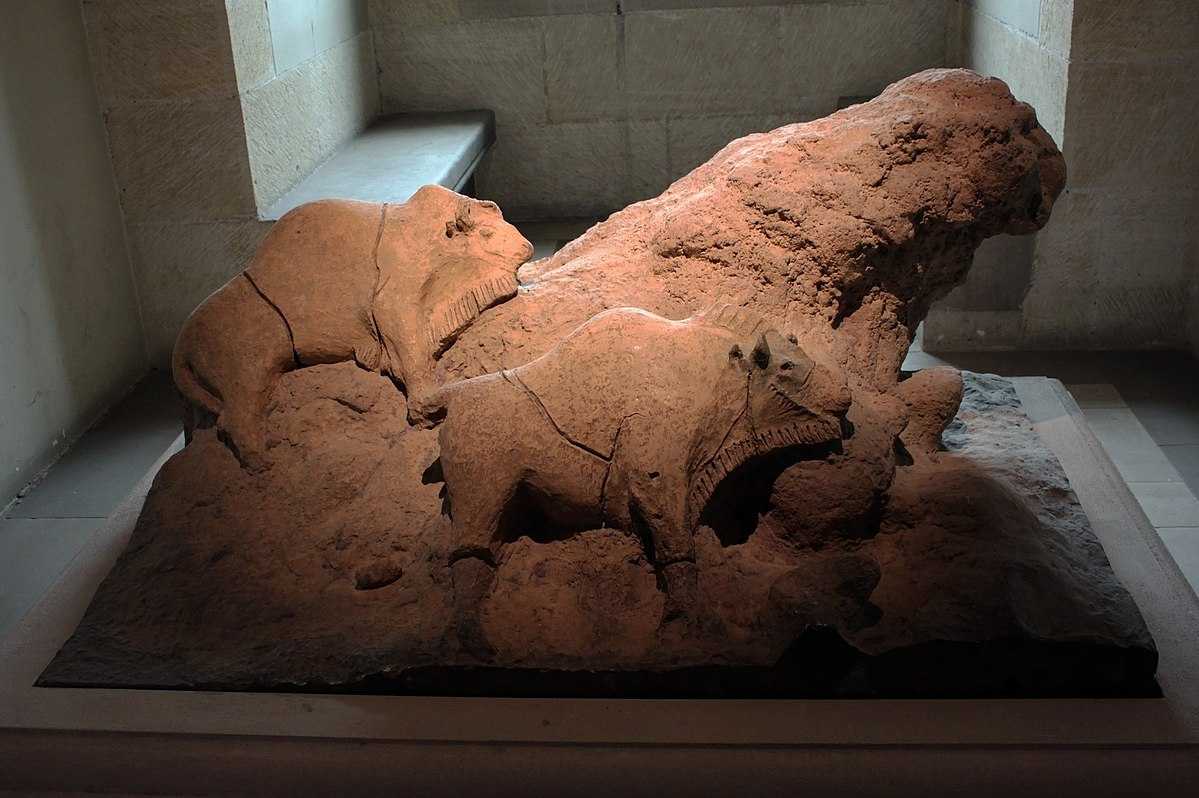
Audoubert Cave Bison
Deep within the heart of the French Pyrenees, in the commune of Montesquieu-Avantès, lies a hidden treasure of prehistoric art – the Audoubert Cave Bison. This pair of clay bison sculptures, discovered in 1912, offers a fascinating glimpse into the artistic capabilities and cultural practices of our ancient ancestors.
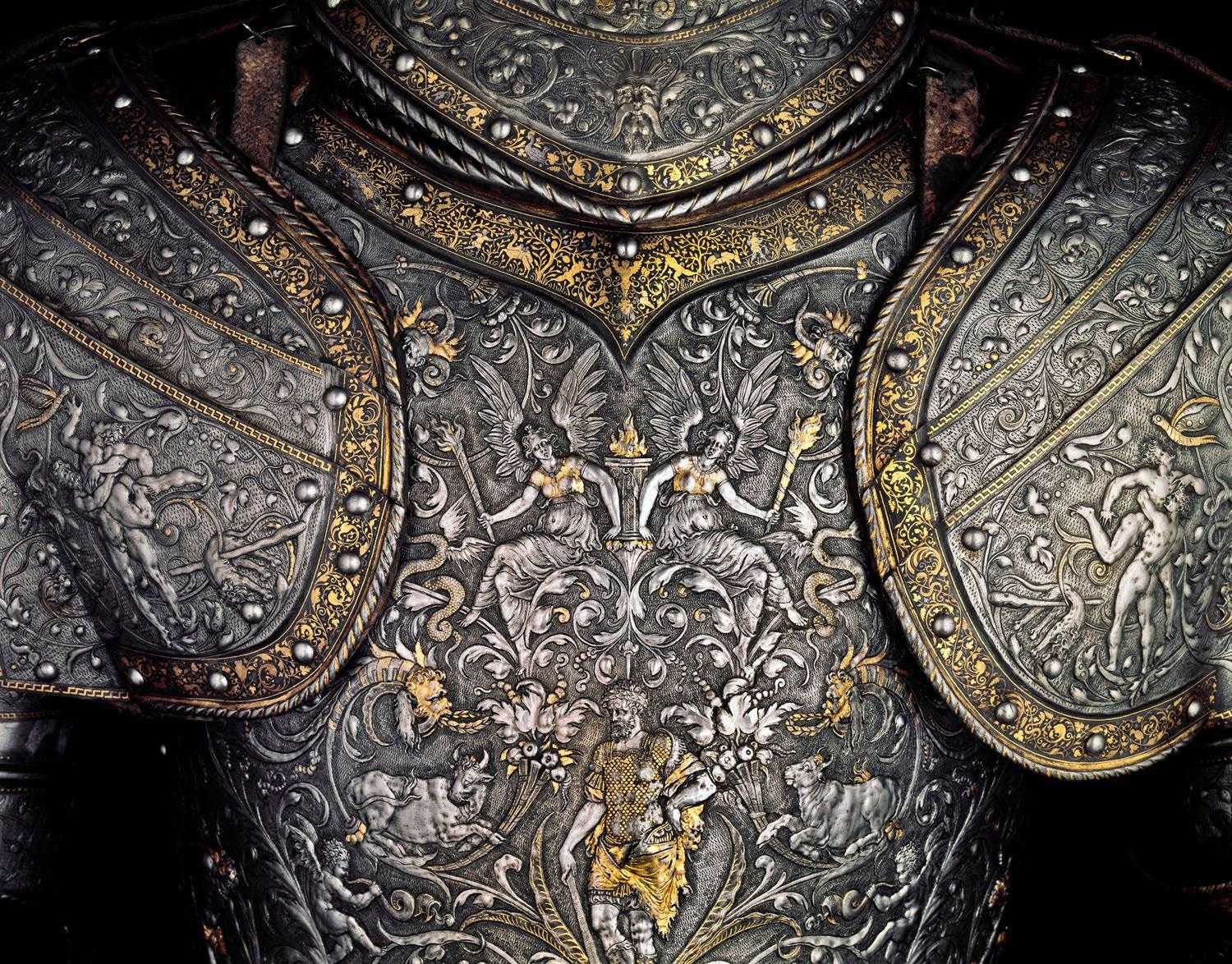
The Hercules armor of the Emperor Maximilian II
Today, we delve into the fascinating world of historical artifacts, focusing on a piece that is as intriguing as it is magnificent – the Hercules Armor of Emperor Maximilian II. This remarkable artifact is housed in the Kunsthistorisches Museum in Vienna, Austria, and is a testament to the grandeur and sophistication of the Renaissance period.
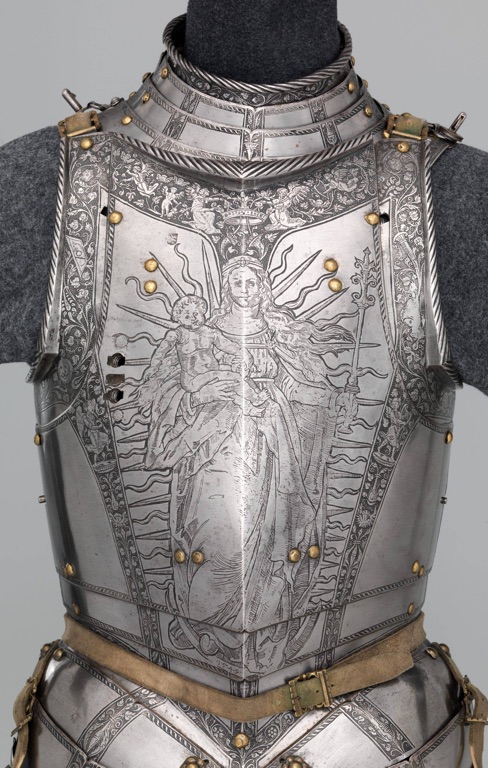
Armor of Ferdinand I, Holy Roman Emperor
Today, we delve into the fascinating world of historical armor, focusing on a particularly remarkable piece: the Armor of Ferdinand I, Holy Roman Emperor. This stunning artifact is housed in the Kunsthistorisches Museum in Vienna, Austria, and is a testament to the intricate craftsmanship of the 16th century. This armor is not just a protective garment, but a symbol of power, status, and artistry.
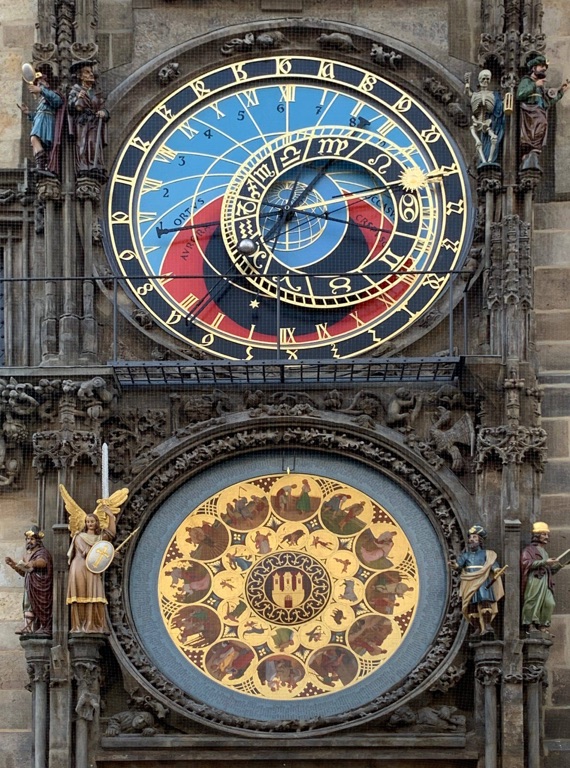
Prague’s astronomical clock
Prague’s Astronomical Clock, or the Orloj, is a marvel of medieval engineering and a testament to the ingenuity of its creators. Located in the heart of Prague, the capital city of the Czech Republic, this clock is a must-see for any history enthusiast. Its intricate design and fascinating history make it a captivating subject for exploration.

